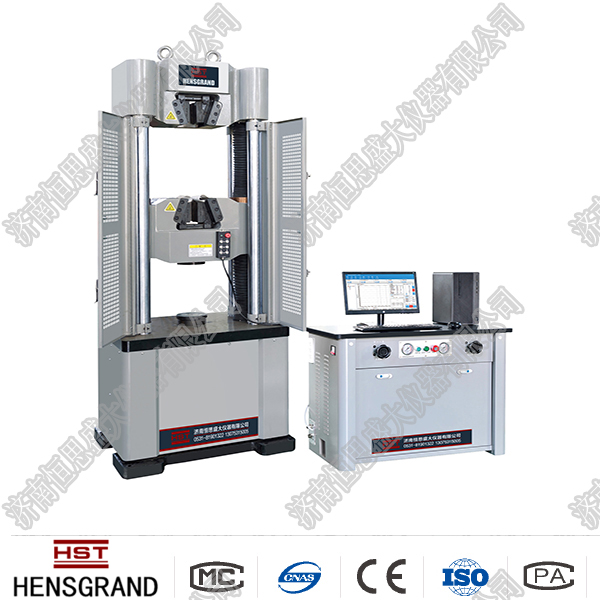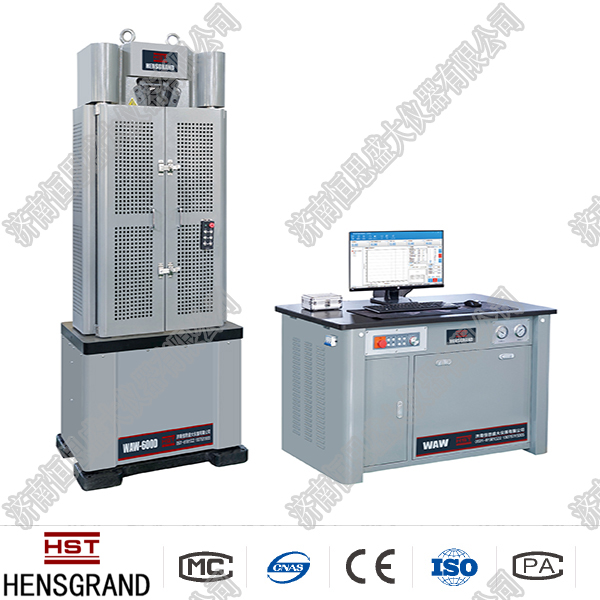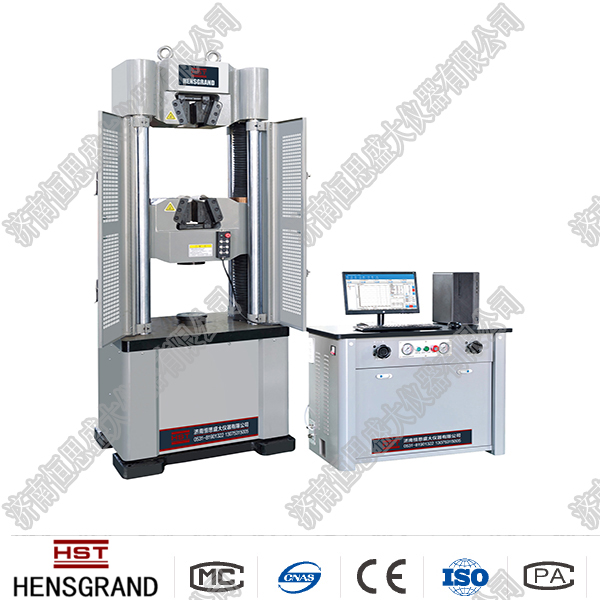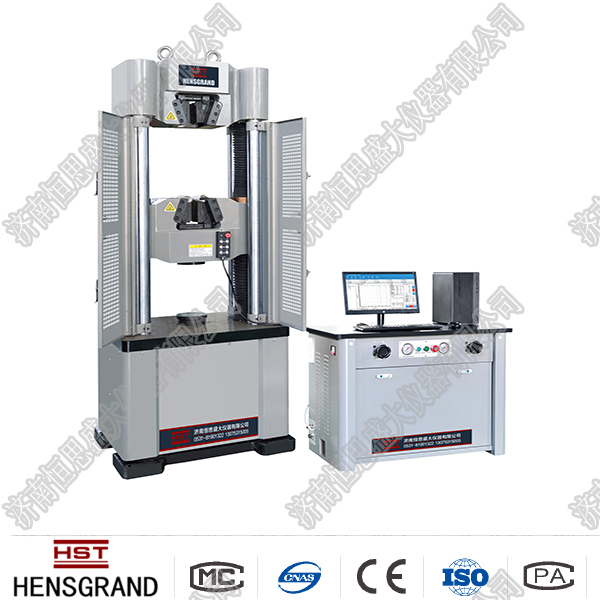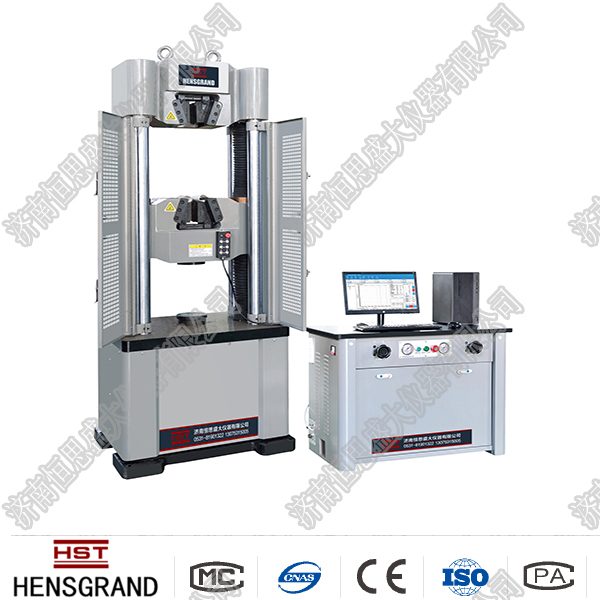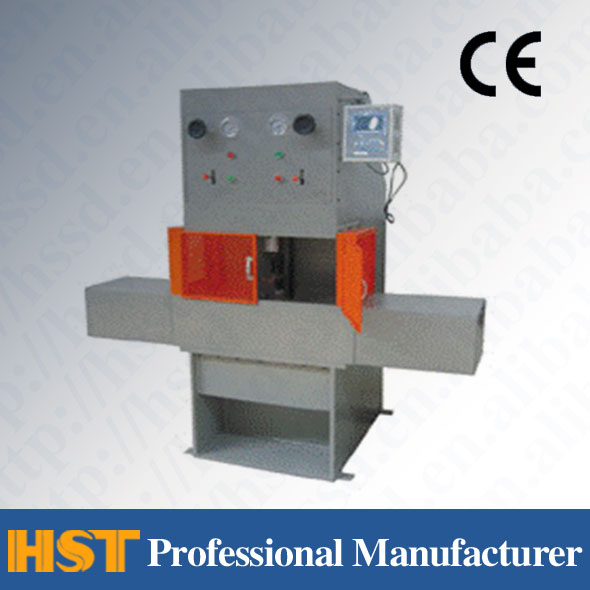News
Some common faults and methods for troubleshooting Brinell hardness meter
Release time:2019-07-17 source:Jinan Hengsi Shanda Instrument Co., Ltd. Browse:
Because the Brinell hardness meter can measure the hardness value of the sample with a wide range, it is widely used in the production of Brinell hardness measurement of unquenched steel, cast iron, non-ferrous metals, and bearing alloys with softer textures. Any product is inevitably faulty during use. Let me talk about some common faults and troubleshooting methods for Brinell hardness meter.
1. The load error of the Brinell hardness meter exceeds ±1.0% or is unstable
Causes and methods for troubleshooting this failure:
(1) The blade of the force point is loose, and the blade of the force point should be adjusted and tightened;
(2) The wear of the blade and fulcrum of the force point will increase the load error to varying degrees, and the blade should be studied;
(3) The position of the adjustment block on the load lever is inappropriate, and it can be moved forward or backward according to the situation, and then fixed tightly after adjustment;
(4) The rust of the compression spring increases friction with the final and spindle bushings. The rusty parts should be cleaned and protective oil should be applied or replaced.
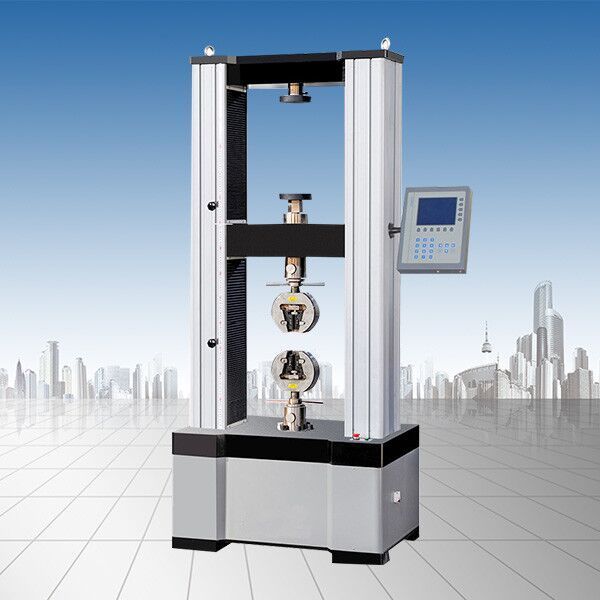
(5) The loading is unstable and there is impact vibration phenomenon, and factors that cause unstable should be eliminated.
2. The loading speed cannot be controlled within the specified time. The loading speed is too fast or too slow. The main reason is that the viscosity of the oil used in the reducer is too small or too large. The reducer should be cleaned and the oil used in the reducer should be replaced.
3. The measured hardness value is inconsistent with the standard hardness block display value.
Causes and methods for troubleshooting this failure:
(1) The installation of the Brinell hardness meter TH600 is not level, so the Brinell hardness meter should be adjusted to level;
(2) The surface of the steel ball is not smooth or the diameter exceeds the tolerance, use a micrometer to select qualified steel balls to replace them;
(3) The error of the indentation measurement device is too large, and the allowable error of the indentation measurement device should be adjusted to make it ≤±0.5%;
(4) The weight cannot be placed vertically. The weight should be rubbed against the back cover of the hardness meter. Check whether the lifting ring is hung on the key blade and whether the hanging frame boom is straight. Otherwise, the lifting ring should be hung on the key blade and straightened the hanging frame boom;
(5) The perpendicularity of the spindle and the test stand platform, and the coaxiality of the spindle axis and the lifting screw axis exceeds the difference. The verticality of the spindle and the test stand platform and the coaxiality of the spindle axis and the lifting screw axis should be analyzed and adjusted according to the situation.
4. Repeated unloading of the Brinell hardness meter
Causes and methods for troubleshooting this failure:
(1) The push rod of the key switch is too long, and the contacts of the steering switch A and B cannot be disconnected from the contacts A1 and B1. The length of the push rod should be adjusted and fixed;
(2) The installation position of the reversing switch is improper, and the movable baffle cannot touch the pin on the reversing switch, causing the reversing switch to not be reversed. The installation position of the reversing switch should be adjusted.
5. When all loads of Brinell hardness meter are added, the machine will be shut down.
The cause of this failure is burns or ablation of the contact points of the reversing switch, resulting in poor contact between the contact points. The contact points should be cleaned and polished or replaced with a new reversing switch.
6. Press the button switch, the Brinell hardness meter does not operate, but there is a humming current sound.
The cause of this failure is that the motor phase is missing. Check whether the power supply is normal, whether the power plug is plugged in well, whether the cable is broken, whether the power switch is intact, whether the motor wiring is firmly connected, whether the motor coil is burned out, and whether the contacts of the commutation switch should be properly contacted, etc., which should be eliminated separately depending on the situation.
The above is a detailed description of some common faults and troubleshooting methods for Brinell hardness meter. In short, you should pay attention to the problems found during use of the test machine and promptly eliminate them to avoid errors in your test results. It is to regularly inspect and maintain the hardness meter to ensure the normal use of the hardness meter.
Strategy Center - 2+8 Application Scenarios (Part 1)Recommended productsPRODUCTS


















